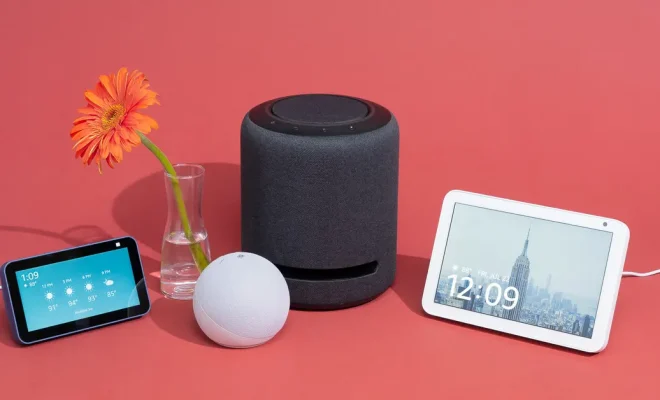The dirty little secret about bookshelf speakers

With the dawn of modern technology, you might have come across conversations about various types of speakers out there. One such type is bookshelf speakers. They are compact and versatile, and as the name suggests, they can be placed on a shelf or a table. But, let’s dive deeper into the dirty little secret bookshelf speakers have.
Aesthetic Appeal Over Performance?
Bookshelf speakers are undeniably attractive. They’re designed to fit seamlessly into your living space, often with minimalist and sleek designs that blend effortlessly with any decor. This pleasing aesthetic may indeed draw customers in, but those who prioritize audio quality and performance might be left wanting more.
One reason for this is that manufacturers may prioritize how good the speaker looks over its sound output or functionality. In some cases, design compromises might be made to keep costs down or to fit within certain size constraints.
Size Matters
The compact nature of bookshelf speakers is both a gift and a curse. Their small stature allows them to fit into tight spaces where towers or floor-standing speakers might not, but this comes at a cost: limited frequency response.
Due to their size, bookshelf speakers typically struggle to produce deep bass tones. While audiophiles can certainly appreciate the clean mid-range and high-frequency sounds these speakers provide, the overall sound spectrum may feel lackluster without rich bass.
Limited Power Handling
Bookshelf speakers often suffer from limited power handling capabilities compared to their larger counterparts. This can result in weaker or distorted sound when pushed beyond their limits. Consequently, those who want a powerful audio experience may find that bookshelf speakers cannot deliver the volume they desire without sacrificing quality.
Solutions for The Shortcomings
Fortunately, there are ways to negate some of the shortcomings that come with bookshelf speakers:
1. Pair with a subwoofer: Adding a subwoofer will significantly improve bass frequencies, providing a fuller, more immersive sound experience.
2. Use high-quality amplifiers: Invest in a good-quality amplifier that can enhance the overall sound quality and power output of your bookshelf speaker setup.
3. Opt for well-reviewed brands: Do your research and choose reputable brands known for producing high-quality audio equipment, increasing the likelihood of a better performance from your speakers.
In Conclusion
The dirty little secret about bookshelf speakers is that their aesthetic appeal might sometimes overshadow their performance limitations. However, with a few modifications and careful selections, you can enjoy the visual charm of these speakers while also savoring a high-quality audio experience. So, choose wisely and let the tunes roll.






